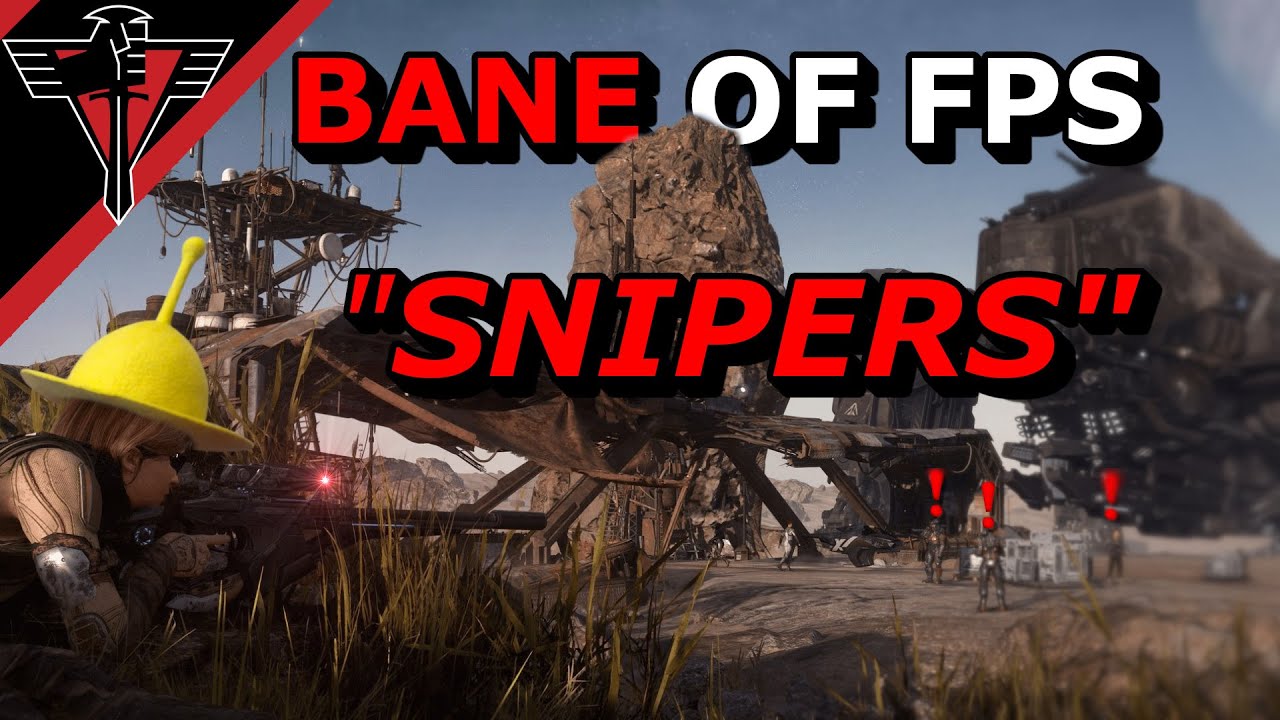The video discusses the concept of “scope glint” in FPS games, particularly in Star Citizen, as a warning signal for skilled players about the presence of bad players using one-hit kill sniper rifles. It criticizes the low-risk, high-reward nature of one-hit kill mechanics, suggests balancing strategies like making sniper rifles rare, and proposes a wound system for dynamic gameplay in Star Citizen’s FPS combat.
The video discusses the concept of “scope glint” in FPS games, specifically focusing on its role in Star Citizen. Scope glint is a visual cue that warns good players of the presence of bad players who are using sniper rifles capable of one-hit kills. The video outlines different types of players who prefer the sniper role, including Recon players who prioritize scouting over kills, realism enthusiasts who seek authenticity, bad players who struggle in close combat, and MLG swag bros who value flashy kills.
The video criticizes the use of one-hit kill mechanics in FPS games, labeling them as low-risk, high-reward gameplay styles that attract certain types of players. It argues that scope glint serves to balance the power of one-hit kill weapons by providing a warning to skilled players, allowing them to evade potential threats. The video suggests that the presence of scope glint is not a new concept, citing examples from past games like Team Fortress Classic.
The discussion delves into the importance of respawn mechanics in balancing one-hit kill weapons in games. It highlights the significance of overall time-to-kill (TTK) in determining the impact of one-hit kill weapons, emphasizing that fast respawns are crucial for maintaining gameplay balance. The video suggests that one-hit kill mechanics can be tolerable in games where they are rare, expensive, or tied to specific conditions, such as weapon rarity or realism settings.
The video proposes potential ways to balance one-hit kill mechanics in Star Citizen, including making sniper rifles extremely rare, reworking respawn mechanics, and making heavy armor impervious to one-hit kills. It suggests focusing on a wound system instead of instant kills, where sniper rifles can strategically inflict debuffs on opponents to create more dynamic gameplay. The video acknowledges that while one-hit kill mechanics may not be ideal, they can be managed effectively through game design choices such as scope glint and rarity.
In conclusion, the video expresses confidence in the direction of Star Citizen’s FPS combat, despite the inclusion of one-hit kill mechanics for testing. The speaker acknowledges the progress and dedication of the game’s development team and remains optimistic about the potential for a uniquely engaging FPS experience in the future. Overall, the video offers a critical analysis of one-hit kill mechanics in FPS games, advocating for thoughtful design choices to balance the gameplay and enhance the overall player experience.
